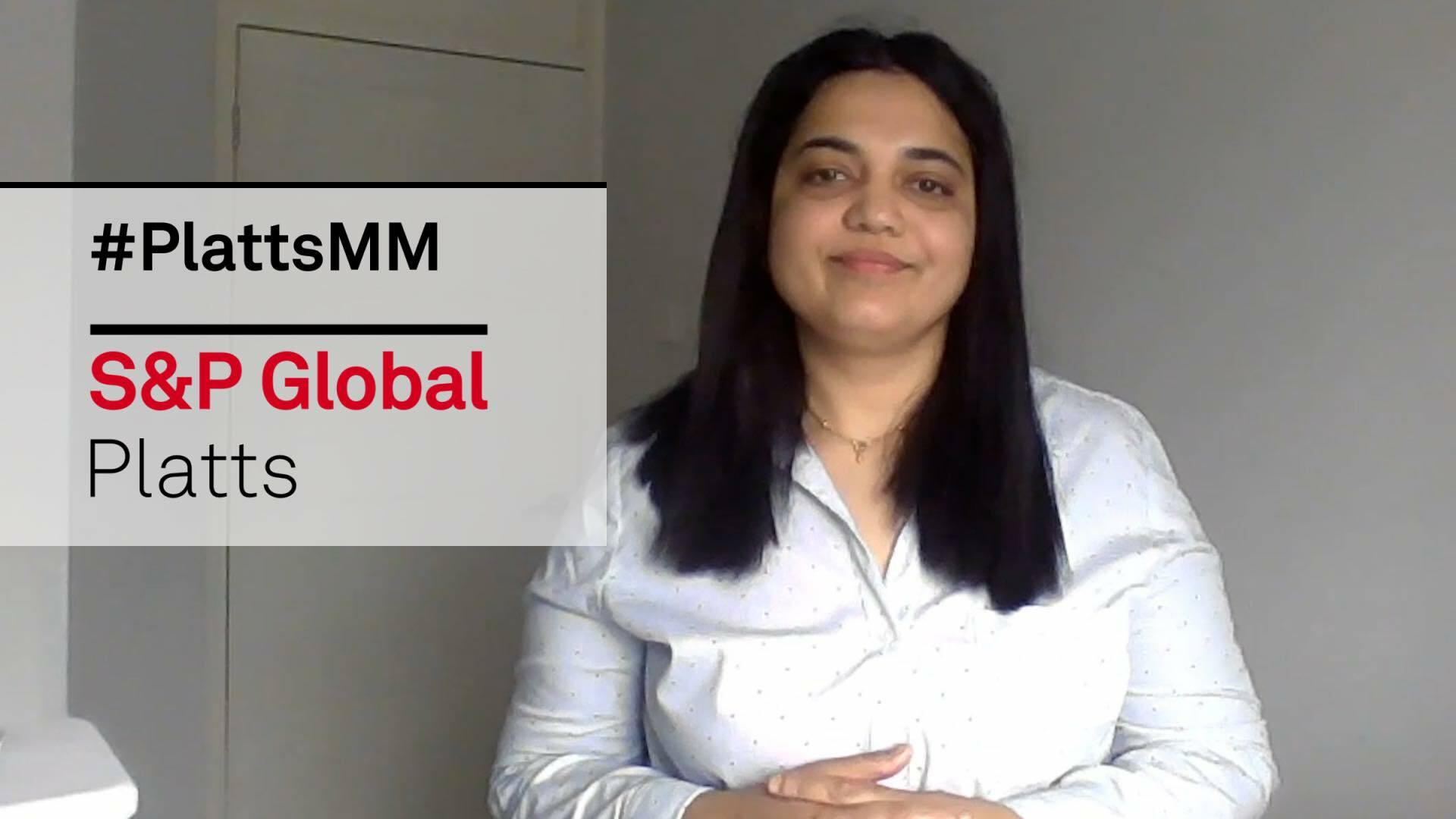In this week's highlights: generating fuel markets will keep a close eye on European Carbon Allowances; the US is under pressure to intensify sanctions measures on Nord Stream 2; and the plastics market keeps tabs on supply constraints into Europe.
- Iran, Libya, challenge for oil markets
- Carbon price falls back from all-time highs
- Second vessel joins Nord Stream 2 pipelaying
- Plastics markets eye supply constraints
In this week's highlights: generating fuel markets will keep a close eye on European Carbon Allowances; the US is under pressure to intensify sanctions measures on Nord Stream 2; and the plastics market keeps tabs on supply constraints into Europe.
But first, in oil, compliance with OPEC+ production cuts showed signs of slipping in March, while output rebounded in two crucial countries exempt from cuts process: Iran and Libya. According to the latest Platts survey of OPEC+ production, Iranian output reached its highest level since August 2019, with Libyan output at its highest since mid-2013, as Tehran pushes up output in anticipation of a possible easing of US sanctions. Over the last week, there have been talks in Vienna on the possibility of the US re-joining the 2015 nuclear deal that formally allowed Iran to resume oil exports. The US position is one to watch, and in the meantime, Iran is not waiting around. We expect two reports to shed more light on all of these processes: OPEC's monthly oil market report, published on Tuesday, and the International Energy Agency's monthly report, out Wednesday.
Meanwhile, in the European carbon market, prices have just come back down off fresh all-time highs of over 44 euros per ton, as you can see in this chart.
The market will be watching closely this week to see if further dips will attract buyers. Regulated carbon emissions fell by a record 12% in 2020, according to initial data from the European Commission. While this was clearly bearish for compliance demand, the market remains focused on much bigger reductions taking place on the supply side. The Market Stability Reserve continues to cut auction supply by 24% per year and further tightening is expected as the EU aligns its carbon market with a new stronger 55% emissions reduction goal for 2030.
And that takes us to our social media question for the week: Do you think ETS prices have already hit their highest level of 2021 or is there further to go? Tweet us your thoughts using the hashtag #PlattsMM.
In European gas, the timetable of the completion of the controversial Nord Stream 2 pipeline from Russia to Germany has swung back into sharp focus. A second Russian pipelaying vessel - the Akademik Cherskiy - has now joined the operation and is expected to significantly speed up pipelaying work, which could now be completed as early as this summer.
The US is now --being urged to drive forward with more sanctions measures against the project to stop it from being completed. But the window of opportunity is narrowing. If Nord Stream 2 is completed and becomes operational in 2021, it means Russia's Gazprom can scale down the use of gas transit via Ukraine and also rely less on its storage position in Europe to meet customer demand.
Buyers of plastics precursors will be keeping a close eye on supply this week, with April order books said to be nearly full for some polymer grades. The European market is struggling to meet plastics packaging demand, with limited domestic capacity caused by low inventory levels.
At the same time, high container rates and the recent Suez Canal blockage have been disrupting Asia-to-Europe trade flows, exacerbated by the continued absence of US imports following significant supply interruptions since the Gulf Coast deep freeze earlier in the year.
As you can see in the chart, with spot prices at record highs and expectations of tightness continuing into the second half of the year, some supply chains may be ill equipped to withstand further shocks.
The Platts Atlas of Energy Transition is your map to the sustainable commodity markets of the future. You can explore the Atlas by visiting the address displayed on your screen.
Thanks for kicking off your Monday with us and have a great week ahead!


